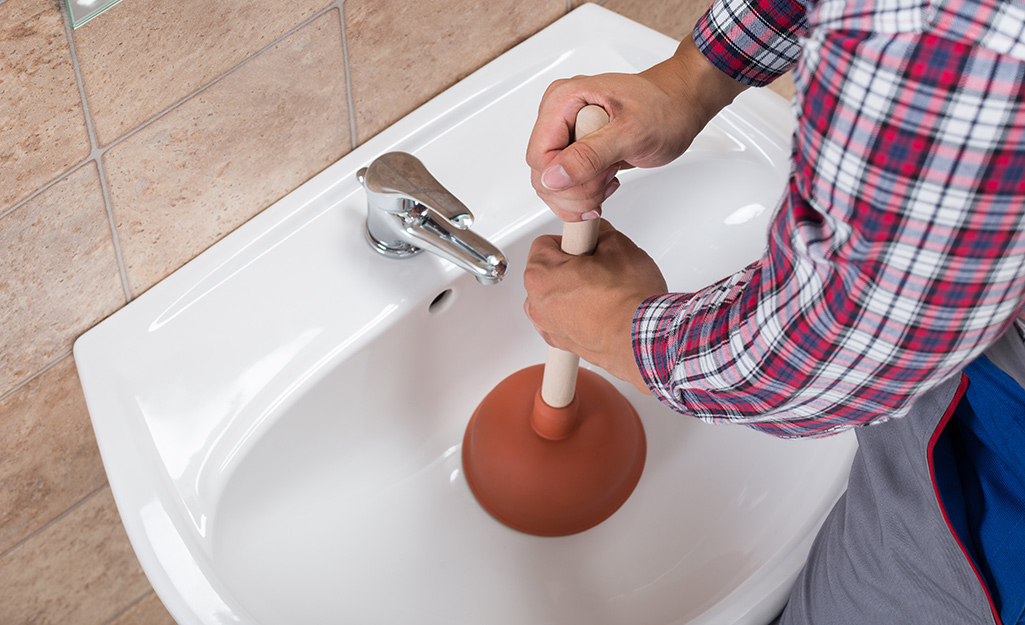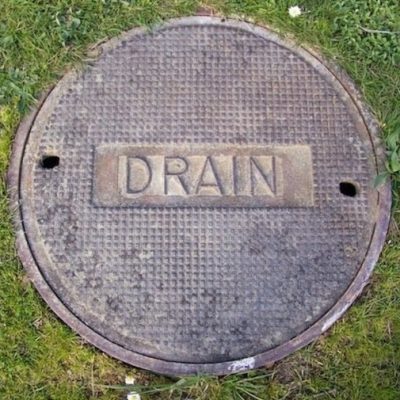How do you actually feel on the subject of 8 Tips For Clearing A Blocked Drain?

Introduction
Dealing with an obstructed drain can be an irritating experience, interfering with daily activities and potentially triggering damages to your home. Nevertheless, prior to reaching out to pipes experts, there are actions you can require to resolve the issue yourself. In this guide, we'll discover do it yourself solutions and preventive measures to tackle an obstructed drainpipe efficiently.
Identifying the Problem
The initial step in resolving an obstructed drainpipe is acknowledging the indications. Slow drainage, gurgling sounds, foul odors rising from drains pipes, or water backing up are common indications of an obstructed drain. Recognizing these indicators early can assist stop further difficulties.
Common Sources Of Blocked Drainpipes
Comprehending the aspects that add to drain pipes clogs is vital for reliable resolution. Usual wrongdoers consist of hair, soap scum, grease, food particles, and international items like hygienic products or paper towels. Tree roots invading below ground pipes can also create substantial blockages.
Do it yourself Solutions
For small obstructions, numerous do it yourself services can be reliable. Putting boiling water down the drainpipe can aid liquify oil and particles. Sodium bicarbonate and vinegar or a mix of salt and cooking soda can serve as all-natural cleaners. Utilizing a plunger or plumbing snake to dislodge blockages is an additional choice.
Tools and Equipment
Having the right devices handy can make DIY drain cleaning more reliable. A bettor is a flexible tool for clearing clogs in sinks, toilets, and showers. A pipes serpent or auger can get to deeper obstructions, while drainpipe cleaning chemicals can be made use of very carefully for stubborn obstructions.
Safety nets
To prevent future blockages, taking on safety nets is essential. Mount drain guards or filters to capture hair and debris prior to they get in the pipes. Frequently flush drains pipes with warm water to liquify grease accumulation, and stay clear of throwing away oil or strong waste down the drain.
When to Call an Expert
While DIY options can settle small obstructions, specific indications suggest the requirement for expert help. Relentless clogs, foul odors regardless of cleansing initiatives, or several drains backing up simultaneously are red flags that necessitate skilled intervention.
Selecting the Right Plumbing Service
When picking a plumbing service, take into consideration factors such as experience, licensing, and customer testimonials. Pick a trusted plumbing professional with a performance history of quality handiwork and transparent prices techniques.
Price Considerations
The cost of professional drain cleaning company can vary depending upon the seriousness of the clog and the plumber's rates. Demand quotes from numerous providers and inquire about any additional charges to ensure transparency and stay clear of surprises.
Safety Precautions
When trying do it yourself drain cleaning, prioritize safety and security. Use protective gloves and eyeglasses to avoid contact with unsafe chemicals or microorganisms. Never mix various drain cleansing items, as this can create dangerous fumes.
Case Researches
Real-life examples show the performance of DIY remedies and the relevance of timely specialist treatment in resolving drain obstructions.
Final thought
By following the tips described in this overview, you can properly deal with obstructed drains and prevent future pipes issues. Whether selecting DIY services or seeking specialist assistance, punctual activity is vital to keeping a healthy plumbing system and preserving the integrity of your home.
How to Clear a Clogged Drain Yourself (And When to Call In the Professionals)
What Can Clog a Drain
Dirt Skin flakes Hair Grease Soap scum Food Offset pipes Tree roots Small objects Mineral buildup DIY Tricks to Unclog a Drain
You can fix this! Once you have identified the source of the clog (or have a vague idea), you can try one or a combination of these fixes in order to clear your plumbing.
Wire Hanger or Snake
Untangle and clear out hair from a drainpipe with a homemade snake. Use a straightened-out wire hanger with a 90-degree angle hook to locate the clog and drag out any unwanted material.
Remember not to push the clog further down to where the wire hanger cannot reach! If you need to follow up with a plunger, give it a try. Your efforts might be more successful after it’s been wire-snaked.
If you want to get fancy and don’t have a wire hanger to spare, head to the store and pick up a hand-operated drain snake. You can get one for $10-$30. It may save you the hassle, and provide additional length to reach deep into the clogged pipe.
Plunger
A cup plunger has a suction cup attached to a wooden handle. The rubber creates a seal around the drain, and increases the pressure force of the plunger.
Plunge for 30-second increments to loosen the clog. This may need to be repeated over the course of 15-20 minutes. Once plunged, run the water to flush the remaining material out of the drain.
Remember– never use a plunger if you have used a chemical drain cleaner. These chemicals can splash up from the force of the plunger and cause serious injury or burns.
Boiling Water
Hot water can sometimes break up materials into a flushable amount. Dirt, grease, and soap buildup requires heat in order to unstick from surfaces.
Take your kitchen kettle and heat your water to a boil. Once it reaches a rolling boil, pour it directly down the drain into the blockage. Carefully follow with plunging, if necessary.
Don’t worry if this takes more than one try! It can often take multiple kettles and repeated plunging in order to clear a particularly stubborn clog.
Chemical Drain Cleaner
As a last resort, pick up a bottle of chemical drain cleaner. Drain-cleaning chemicals are potent, and not very good for the environment.
You may need to wear protective eyewear in gloves before handling your bottle of chemical drain cleaner. Follow the instructions printed on the bottle, and flush with water as soon as the instructions allow. Do not follow with plunging.
Baking Soda and Vinegar
As a safer alternative to chemical drain cleaner, baking soda and vinegar can create a chemical reaction that clears tough clogs.
Combine one cup of cleaning vinegar with one cup of boiling water, and set aside. Once you have done this, pour half a cup of baking soda down the drain. Give the baking thirty seconds to settle and cover a large portion of the problem drain.
Following the baking soda, pour down your vinegar and hot water solution. Once the vinegar and baking soda combine, the mixture will bubble and fix. Let this reaction fizzle in the drain for about an hour.
After an hour, follow with a kettle’s worth of hot water. The heat and liquid should flush out any remaining material.
When to Call a Plumber
If your DIY attempts haven’t cleared your clog drain, it’s time to call in a professional. It’s not worth losing access to your kitchen sink or high-traffic bathroom. A clog in a vital area can keep you from the things you’d rather be doing, and derail your routine.
Anytime a clog is causing water to spread is a time to call in a plumbing service. What starts out as a little bit of water can quickly grow into serious, expensive water damage.
Additionally, a serious clog can result in burst pipes or serious leaks. Make sure you know when to take it seriously!
https://myguysnow.com/how-to-clear-a-clogged-drain-yourself-and-when-to-call-in-the-professionals/

I am very occupied with How to handle a clogged drain in your home and I really hope you enjoyed the entire article. For those who appreciated our blog entry if you please remember to pass it around. Thanks a bunch for your time. Return soon.
Schedule Now!